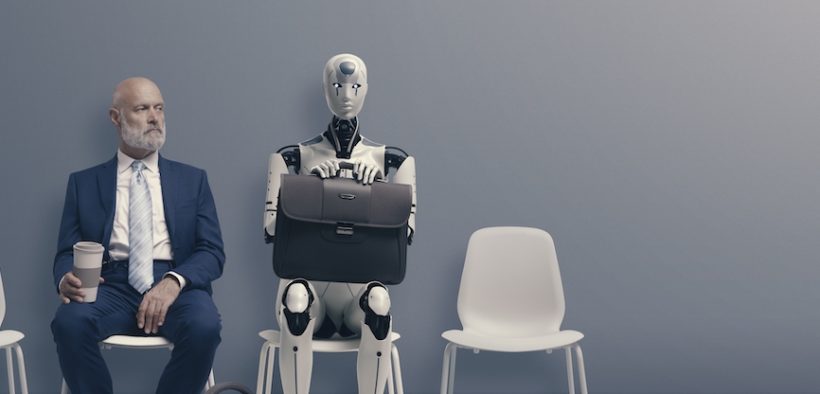The Dance of Tech and Jobs: CEO Insight Unveils the Dynamic Harmony
Share

In the grand theatre of technological evolution, the dance between innovation and employment has been a recurring spectacle, fraught with anticipation and anxiety. The narrative weaves a tale of foreboding, a common theme that has resonated throughout history. Each new wave of technology, from the ATM to spreadsheets to robots, was heralded as the harbinger of job extinction. And yet, here we stand at the end of 2023, amidst a thriving job market with unemployment in the US at 3.8%, and an estimated 9.6 million jobs awaiting eager hands. So, what transpired to defy the prophecies of technological unemployment?
This question takes centre stage as Artificial Intelligence (AI) emerges as the next transformative force, casting its influence over realms from customer service to coding. The unfolding saga holds valuable lessons for the future, lessons that CEO Insight is eager to unravel.
“Competition, fuelled by technology, can also cast a shadow over existing workers”
One fundamental truth echoes through time: technology doesn’t obliterate jobs; it transforms and begets new ones. Morgan Stanley, in a recent report, encapsulates this essence, stating, “During many prior periods of technological innovation, there have been predictions of tremendous job losses, and broadly what we have seen is the opposite driven by increased productivity, lower prices, and also entirely new products and services.”
The intricate dance unfolds in different scenarios. In one, technology augments the need for specific roles. Take the ATM, initially feared to render bank tellers obsolete. True, the number of tellers per branch decreased, but the reduced operating costs prompted banks to open more branches, ultimately increasing demand for tellers. Economist James Bessen highlights this phenomenon, illustrating how the adoption of ATMs streamlined operations, making branch expansion financially viable, and consequently, creating more jobs for tellers.
In another scenario, technology might diminish the need for one profession while sowing the seeds for new roles in adjacent fields. Microsoft Excel, for instance, streamlined bookkeeping, reducing the demand for bookkeepers. However, it paved the way for a surge in financial managers and accountants, generating more employment opportunities than were lost.
Yet, amidst this dynamic dance, a discordant note is struck. The diffusion of technology can disrupt the labour force, leaving workers worse off. Women who worked as telephone operators in the early 1900s faced this disruption when mechanical switching rendered their role redundant. While these women found employment in other sectors, a 2020 working paper suggests that the upheaval may have led to diminished future earnings for them.
Competition, fuelled by technology, can also cast a shadow over existing workers. The “Uber moment” for white-collar workers, where Uber’s entry into London opened the floodgates for competition, serves as a cautionary tale. Taxi drivers, once protected by stringent exams, saw their incomes plummet as fresh competition emerged, emphasising the potential downside of technological advancements.
The question, then, is not whether work will exist in the future; it undoubtedly will. Instead, the focus shifts to the nature of that work and its remuneration. As AI takes centre stage, concerns about exacerbating income inequality loom large. The implementation of technology becomes a pivotal factor. How it is developed, who reaps its benefits, and how displaced workers are accommodated shape the narrative.
The stage is set for AI to dictate the next movements in this intricate dance. Hollywood has already witnessed AI’s influence in union negotiations, and Morgan Stanley predicts an “unprecedented demand for reskilling” as generative AI takes the spotlight. In a policy memo, experts emphasise that the impact of generative AI on inequality depends on how the technology is developed and applied, challenging the notion of inevitability.
As we delve into the interplay of technology and employment, this leaves us with an open-ended question: Can we choreograph a future where technology and jobs perform a seamless, harmonious dance? The answer lies in the hands of innovators, policymakers, and society at large as they navigate the intricate steps of progress.

























